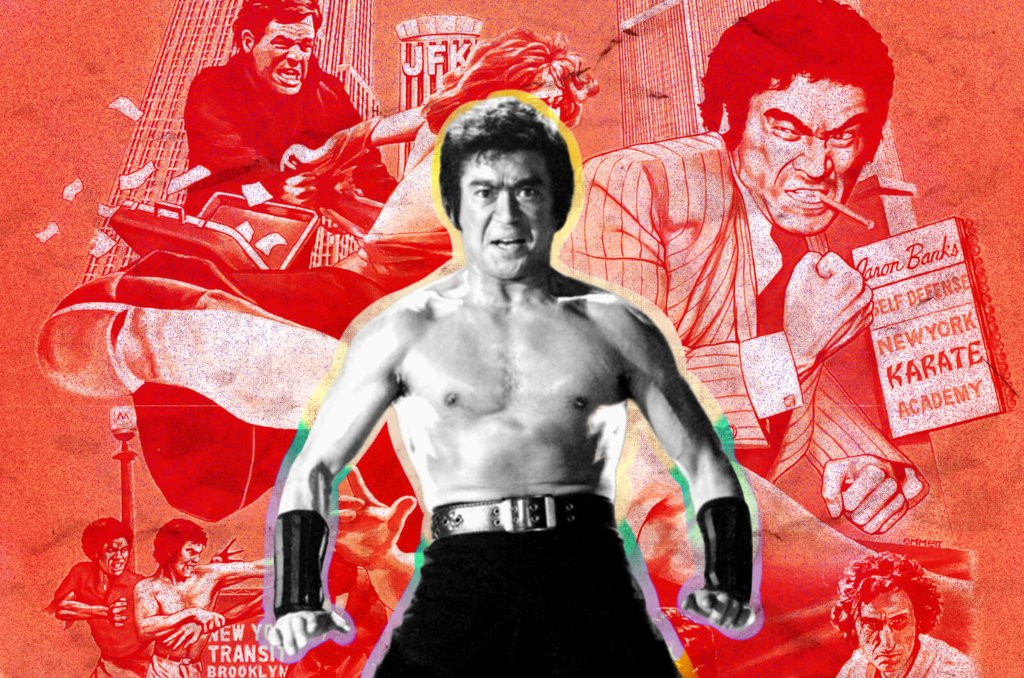This article was published in “Kansai Weekend 2024”.
To read the entire issue, click here.
Of course we all know about the ninja, the ancient Japanese assassins who dressed in black and killed as silently as a whisper, disappearing into thin air before anyone knew what they were. Although ninjas have taken on an almost mythical aura in pop culture, our contemporary depictions of these secret agents are rooted in reality—specifically, in two regions of Japan. The two most famous ninja villages in history are Iga Village in modern Mie Prefecture and Koka Village in present-day Shiga Prefecture.
Real ninjas are much more complex than most people think. To make matters worse, given the ninja’s penchant for secrecy, historical records are sparse – in fact, the name “ninja” didn’t become popular until the mid-20th century. Previously, terms like “shinobi”, “rappa” or “kusa” were more common, but even these words can refer to widely different things, from guerrilla fighters to spies. By analyzing historical records and modern research, here’s what we know – or at least theorize – about the true, untold story of the ninja:

Ninjas are revolutionaries
The lands of Iga and Koga were treacherous mountainous areas, isolated from Japan’s centers of power, and had bred generations of self-reliant men and women accustomed to hard times and disobedience to orders from people they had never met. This largely included shoguns and feudal lords.
During the Warring States Period in Japan, the peasant samurai of Iga and Koka were famous for their asymmetric warfare techniques such as espionage and unconventional warfare tactics such as guerrilla warfare. As such, they were often hired by the lords of nearby lands. But it is worth noting that their capabilities stem from a desire for self-determination: to maintain their autonomy against powerful military leaders and the central government in Kyoto, the people of Iga and Koga relied heavily on every weapon in their arsenal. Using a variety of tricks – from sabotage to exploiting their superior knowledge of the terrain – defeating entire armies of feudal lords in the process. Unknowingly, the farmers of Iga and Koga became the first ninjas.
This is a theory proposed by Yuji Yamada, a professor at Mie University and deputy director of the International Ninja Research Center. Yamada also believes that Iga farmers may join forces with local illegal groups to fight for sovereignty. If this theory is correct, it would fundamentally upend the idea of ninjas, transforming them from mercenaries into people who would lay down their lives for the ideals they truly believed in.

Ninjas are scientists
Japan was first reached in 1543 by a Portuguese ship that was forced to anchor at Tanegashima. Soon after, Japanese-made matchlocks made their debut at the Battle of Uedahara in 1548. Long before all of this, however, the ninjas of Iga and Koga were doing amazing things with gunpowder—the recipe for which is said to have been brought by Chinese immigrants—and pioneering the science of pyrotechnics within Japan.
On NHK program in 2019 ninja truthresearchers used surviving ninja manuals to recreate some of the 230 recorded uses of “gunpowder”. Using only the raw materials available from the 14th to 16th centuries, they successfully recreated weapons such as the “Bird”, a primitive flamethrower that was likely used to shock and distract opponents. Other weapons designed by ninja scientists include the Bairaisu firecracker (great for simulating the sounds of enemy troops) and the horokuhiya grenade. Of particular note is the Big Black Arrow, which works similarly to a bottle rocket by burning rat droppings and iron powder to create thick smoke. It was most likely used as a flare.
Iga and Koga were in a unique position to utilize the skin medicine technique because they had access to the raw materials for raw gunpowder. The terrain around ancient ninja villages may be rough, but they’re rich in things like wormwood, sulfur, charcoal, rosin, and camphor. Combine all of this with time, dedication, and the need to overwhelm numerically superior forces, and you end up with a lot of people who know hundreds of different ways to explode.
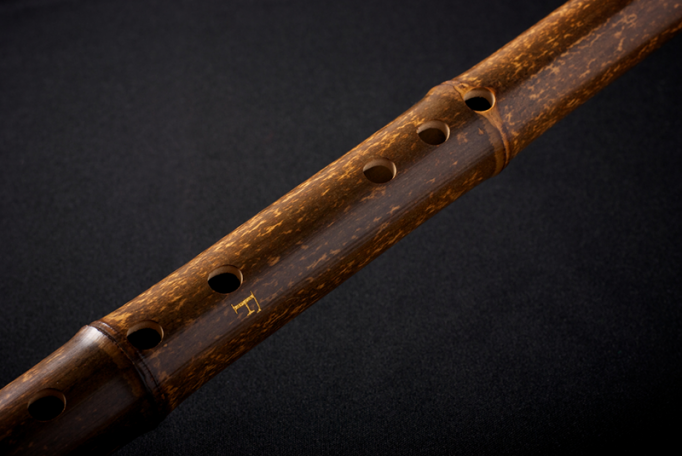
Ninjas are musicians
As Yamada said in an interview with Japan.com, “The power of ninjas lies in their ability to outwit others through subterfuge,” meaning they would rather walk into a feudal lord’s castle or palace than risk climbing up to it. Or the walls of a palace. Disguised front door. book Ninja AD 1460–1650Scholar Stephen Turnbull writes that a popular form of disguise used by ninjas was that of the Little Warrior Monks, who were known for two things: a large basket hat that covered their entire head; for added anonymity, and their shakuhachi bamboo flutes.
Maybe a ninja or two could claim to be new to the whole monk thing by playing a 14th- to 16th-century Japanese version of “hot cross buns,” but that’s not a viable long-term strategy. Not just the little monk Wuzhuang. In feudal Japan, there were many traveling musicians who specialized in playing various instruments, and in order to properly imitate them for espionage, a ninja must be familiar with the flute, drum, or any of the traditional Japanese string instruments. Conclusion: A story about a group of ninjas who form a band is not only great, but probably historically accurate.


 Anal Beads
Anal Beads Anal Vibrators
Anal Vibrators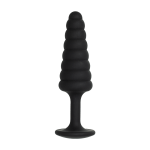 Butt Plugs
Butt Plugs Prostate Massagers
Prostate Massagers
 Alien Dildos
Alien Dildos Realistic Dildos
Realistic Dildos
 Kegel Exercisers & Balls
Kegel Exercisers & Balls Classic Vibrating Eggs
Classic Vibrating Eggs Remote Vibrating Eggs
Remote Vibrating Eggs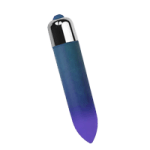 Vibrating Bullets
Vibrating Bullets
 Bullet Vibrators
Bullet Vibrators Classic Vibrators
Classic Vibrators Clitoral Vibrators
Clitoral Vibrators G-Spot Vibrators
G-Spot Vibrators Massage Wand Vibrators
Massage Wand Vibrators Rabbit Vibrators
Rabbit Vibrators Remote Vibrators
Remote Vibrators
 Pocket Stroker & Pussy Masturbators
Pocket Stroker & Pussy Masturbators Vibrating Masturbators
Vibrating Masturbators
 Cock Rings
Cock Rings Penis Pumps
Penis Pumps
 Wearable Vibrators
Wearable Vibrators Blindfolds, Masks & Gags
Blindfolds, Masks & Gags Bondage Kits
Bondage Kits Bondage Wear & Fetish Clothing
Bondage Wear & Fetish Clothing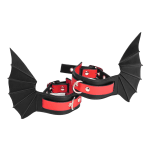 Restraints & Handcuffs
Restraints & Handcuffs Sex Swings
Sex Swings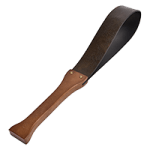 Ticklers, Paddles & Whips
Ticklers, Paddles & Whips









